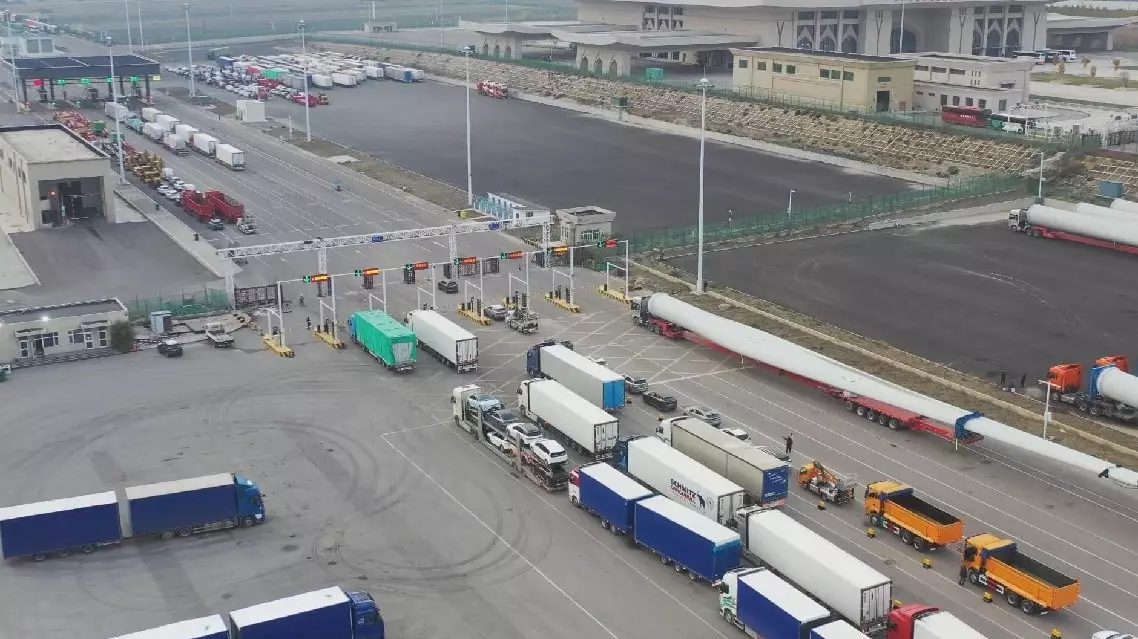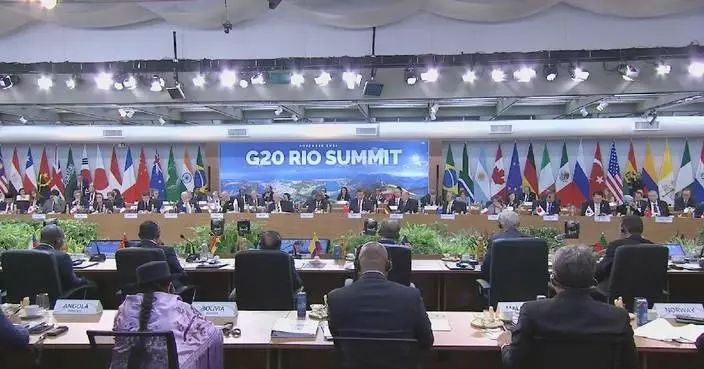The China Coast Guard's largest vessel 2901 joined law enforcement patrols in the waters surrounding Taiwan island for the first time on Monday.
The China Coast Guard (CCG) announced that its formations of vessels 2901, 1305, 1303 and 2102 conducted law enforcement patrols in the waters surrounding Taiwan island on Monday. It is a practical action to lawfully enforce control over Taiwan island in accordance with the one-China principle, said Liu Dejun, spokesman of the CCG.
The CCG's 2901 vessel is equipped with a 76mm rapid-fire naval gun. The ship has a full displacement of 12,000 tons. Its speed is 25 knots.
It has a great advantage over its counterparts in terms of endurance, collision resistance, seaworthiness, and speed.
The CCG sent six formations to implement the law enforcement and control patrols around Taiwan island on Monday, that's two times the number of its formations carrying out law enforcement drills in the waters east of the island on May 23.
Compared with the May 23 drills which were carried out in the east of Taiwan island, the Monday patrols were implemented around the Taiwan island.
The coast guard vessels entered the waters near the Matsu island for the first time on Monday, completely shearing Taiwan authorities' notion of the so-called "restricted waters" around the Matsu island.
In this way, the China Coast Guard vessels have carried out law enforcement patrols over all islands attached to the Taiwan region close to the Chinese mainland.
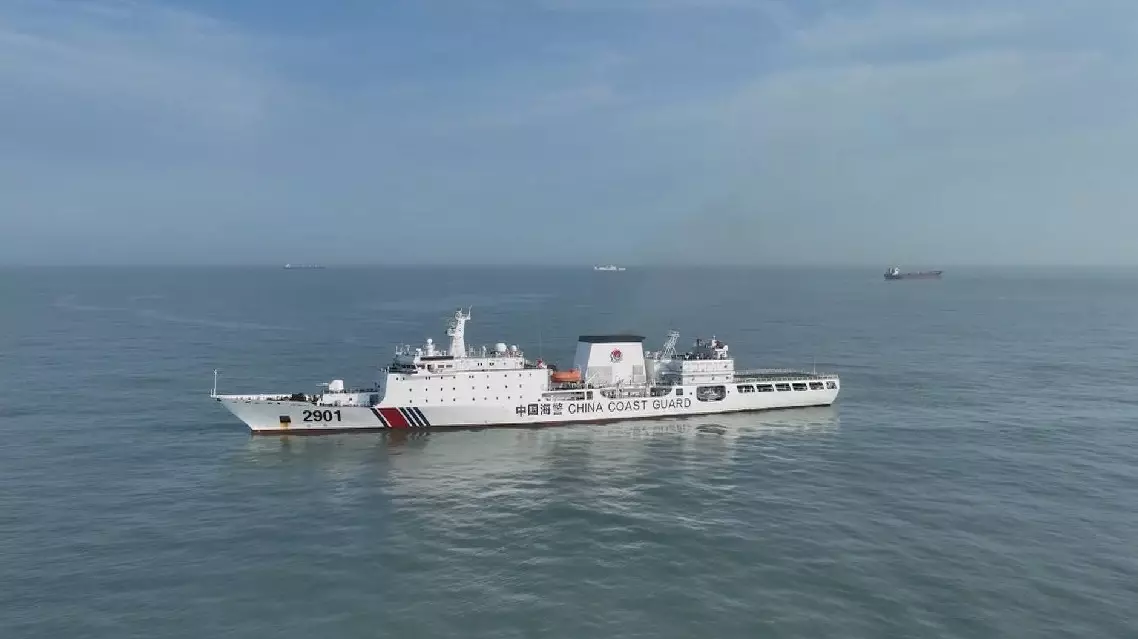
China Coast Guard's largest vessel patrols around Taiwan island
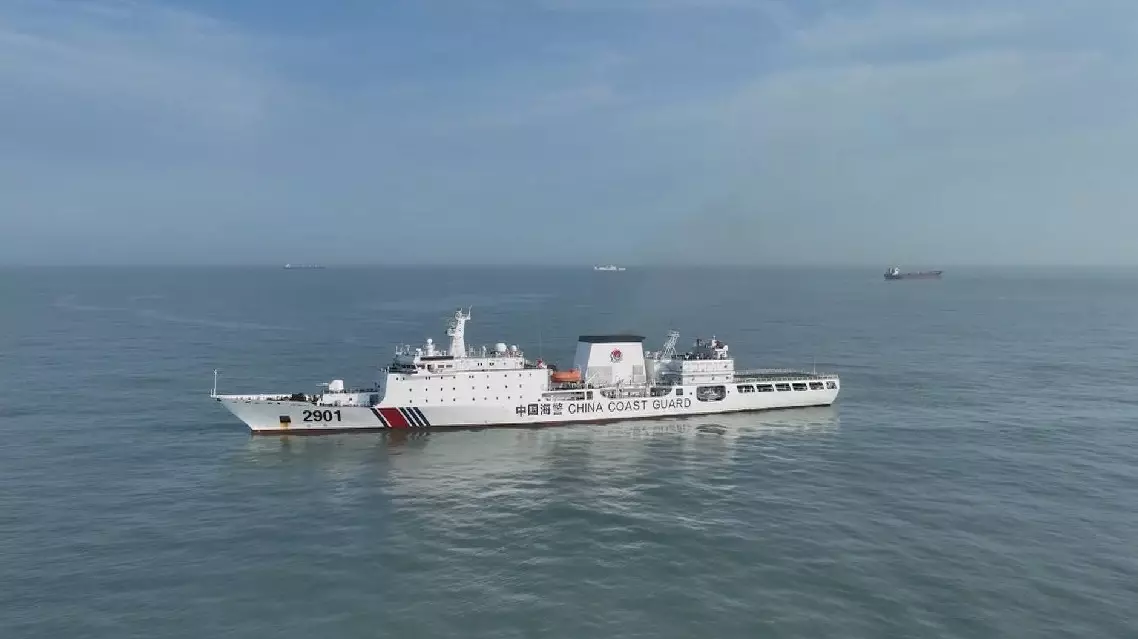
China Coast Guard's largest vessel patrols around Taiwan island
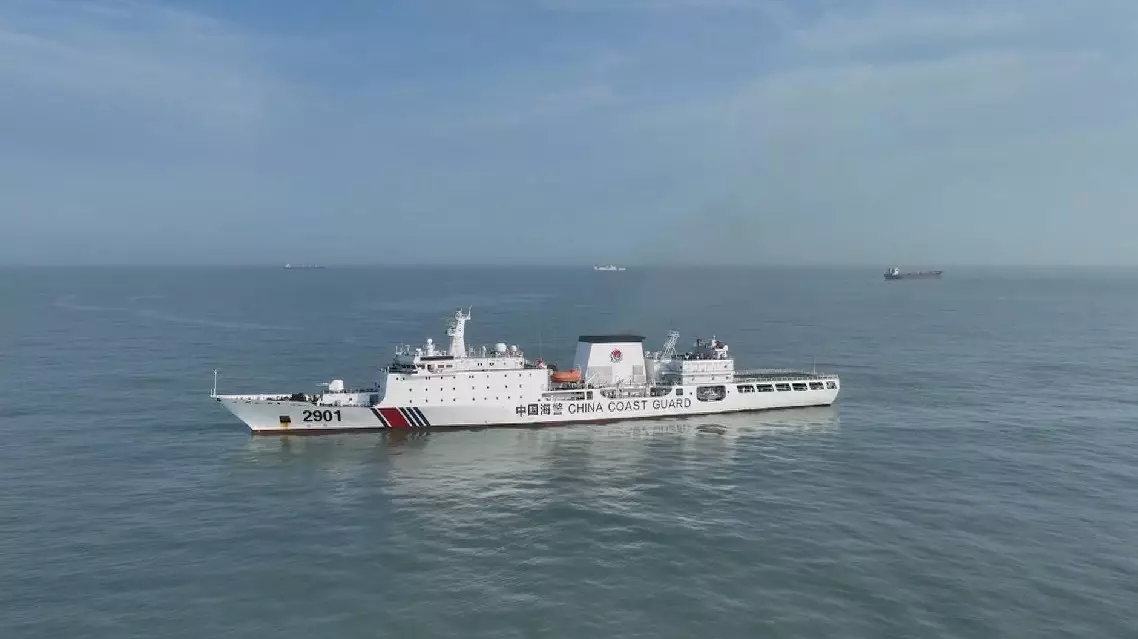
China Coast Guard's largest vessel patrols around Taiwan island


